Gallery opened: Nov 2009
Updated: 6 July 2016
More on Guiness locos




Gauge-change Locomotives |
Gallery opened: Nov 2009 |
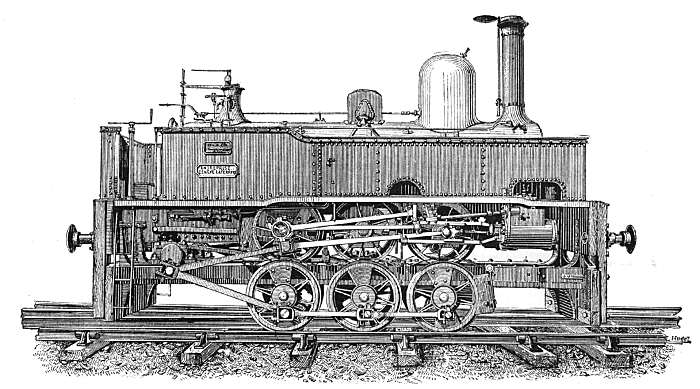 | Left: The Laferrère System Locomotive.
|
The original locomotive looks as if it was built somewhere around 1850. The date of the conversion is uncertain but it was reported in the Scientific American Supplement for 23rd June 1888 that it had been working in this form since 1876. The improved picture is taken from that article, which was based on an original article in French in Le Genie Civil.
The original engine weighed 10 tons. The front two original driving axles were disconnected by removing the coupling rods. The cylinders continued to drive the original rear axle, because it carried the eccentrics for the valvegear. The original rear axle was connected to a jackshaft at the rear of the frame, which in turn drove three new driving axles, with wheels on a wider spacing, that were placed in a new frame below the original one. The main connecting rods had a joggle at their ends to allow for the different gauge.
It has been said that the three lower axles and the operational upper axle were all braked, but this is not obvious from the only image that exists of this strange machine, (above) which appears to show a crude wooden block bearing on the forward driving wheels and nothing else.
It at first appears doubtful if this is really a sound idea; apart from anything else, the centre of gravity is considerably raised. What effects this may have had on stability may however have been counteracted by the greater track width, and strange as it may seem, a low centre of gravity on a locomotive is not necessarily a good thing. Nonetheless, it worked. The Scientific American Supplement reported that the modified locomotive had moved about 20 million cubic feet of ballast since 1876 in the form shown, with no accident or damage being reported.
The market for this sort of conversion appears to have been very small, and the Laferrère System failed to catch on. The locomotive shown here appears to have been a one-off.
The lower nameplate reads: "Entreprise Geneve Laferrère". The smaller plate above it appears to read "Call et Cie" who were presumably the original makers.

OTHER GAUGE-CHANGE LOCOMOTIVES
The Laferrère was not the only locomotive that dealt with adaption to the standard gauge by being mounted on a truck with another set of wheels. The tramways of the Guinness Brewery in Dublin had the very narrow gauge of 1ft 10in, but the tiny engines could be used on the broad gauge (5ft 3in) by mounting them on what was called a "haulage truck" much wider than the locomotive. These trucks were designed by Samuel Geoghehan who joined the Guinness engineering staff in 1872 at the age of 28 and in 1875 became Chief Engineer.
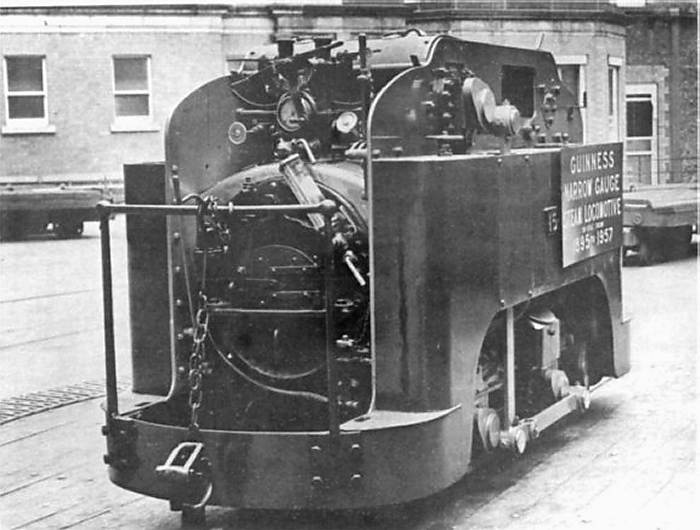 | Left: Guinness narrow-gauge locomotive No 15: 1895
|
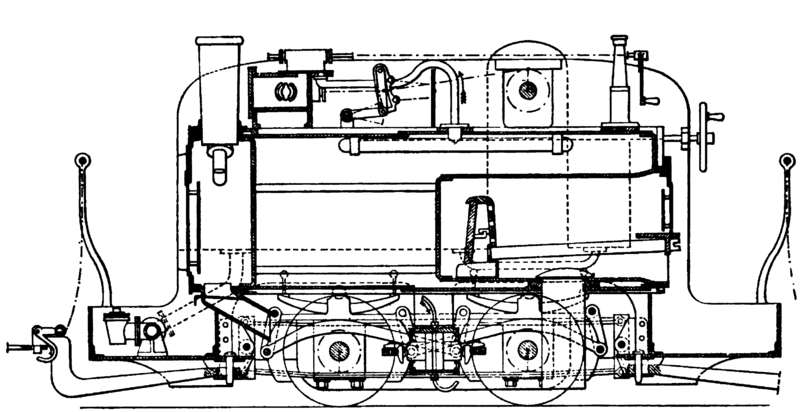 | Left: Guinness narrow-gauge locomotive
|
Descriptions of this locomotive have referred to the 'marine-type boiler'. It is unclear what this means as the drawing seems to show a conventional (if small) locomotive boiler. The design is known to have had 64 boiler tube, of 1.5in inside diameter, and 2ft 10-3/8in long. Working pressure was 180psi.
Locomotives No 13 to No 15 were built in 1895 by William Spence, of the Cork Street Foundry and Engineering Works, Dublin. This firm also built locomotives No 7 to No 9 in 1887, No 10 to No 12 in 1891 and further examples up to the last, No 24, which was delivered in 1921.
No 13 is preserved at The Narrow Gauge Railway Museum in Gwynedd, Wales. No 17, is preserved at The Guinness brewery in Dublin. Locomotive No 23 is at The Amberley Museum in West Sussex. No 15 and 24 are also believed to have been preserved but their whereabouts are not currently known by the Museum staff.
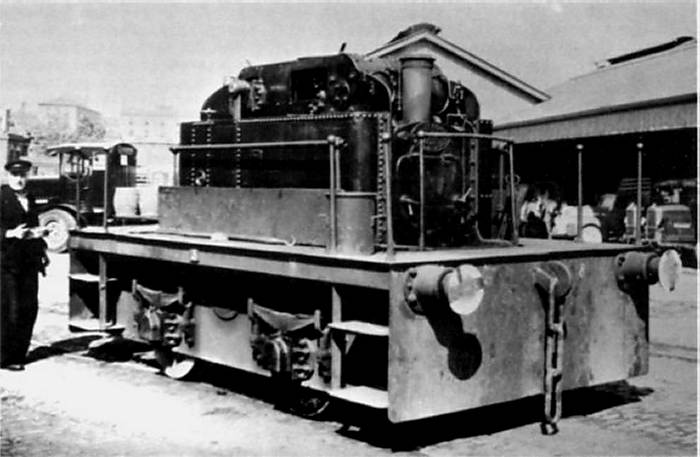 | Left: Guinness broad-gauge haulage truck
|
The narrow gauge locomotives were lifted by a hydraulic hoist which stood astride a short section of dual gauge track, and a haulage truck was then propelled under the narrow gauge engine; this was then lowered between the frames of the truck. Both ends of the locomotive were engaged in the wagon and the narrow gauge wheels rested on rollers geared to the running wheels of the haulage wagon at a 3 to 1 reduction ratio. Clearly the conversion process was much faster than that of the Laferrère. Whether the Laferrère principle was the inspiration for the Guinness system is currently unknown.
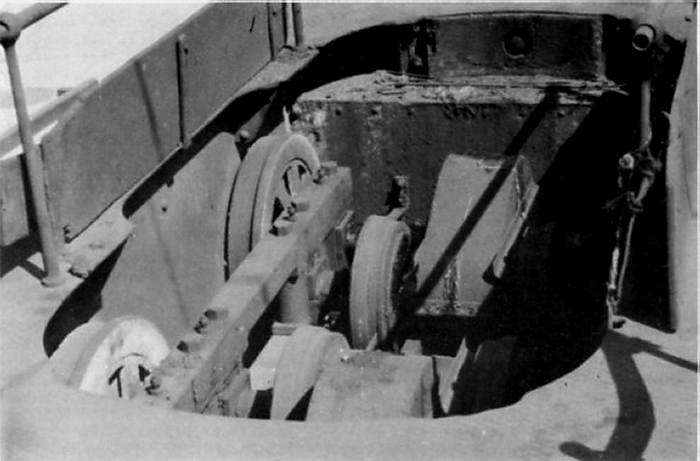 | Left: Guinness broad-gauge haulage truck
|
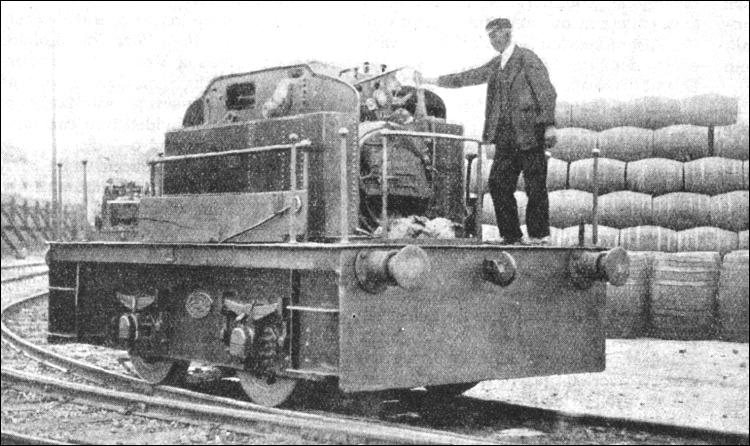 | Left: Guinness broad-gauge haulage truck
|
This apparently ramshackle arrangement was actually very effective, and it operated from 1888 to 1964 at the brewery. Four haulage trucks were built and continued in use even after conventional broad gauge locomotives were purchased in 1921. However, the system does not appear to have been copied elsewhere.
At least one of the haulage trucks has been preserved, along with the lifting gantry and winch, and can be seen along with locomotive No 23 at Amberley Museum.
There are other locomotives in the museum driven by friction rollers in a similiar way; see Fasolt and the Fontaine.

   
|